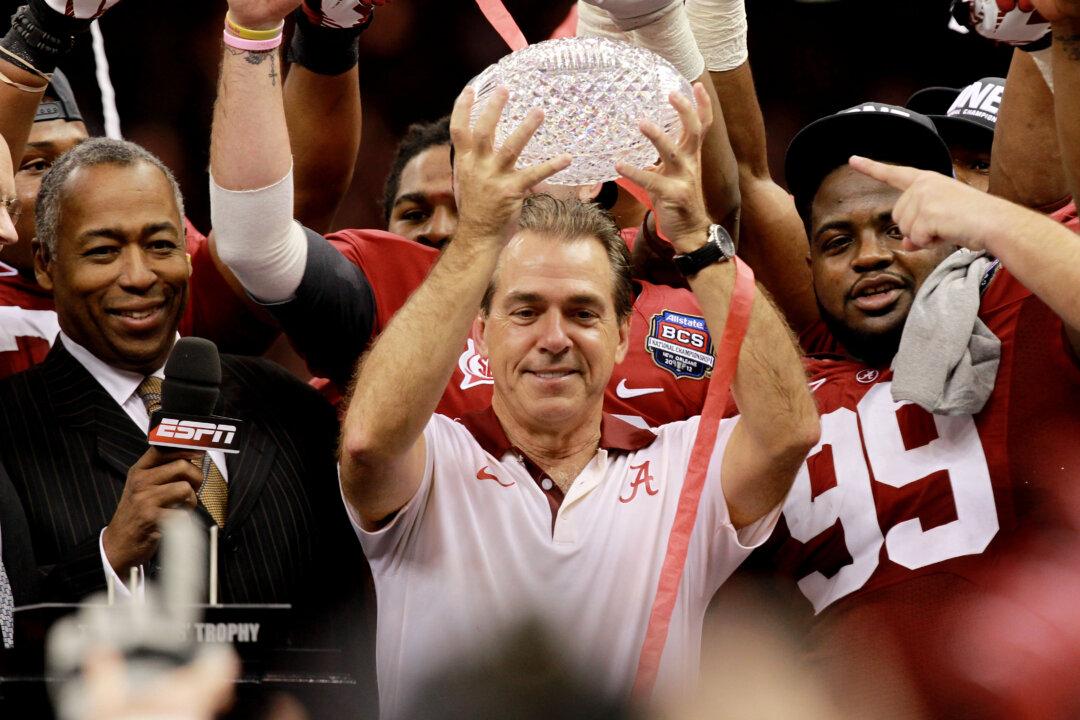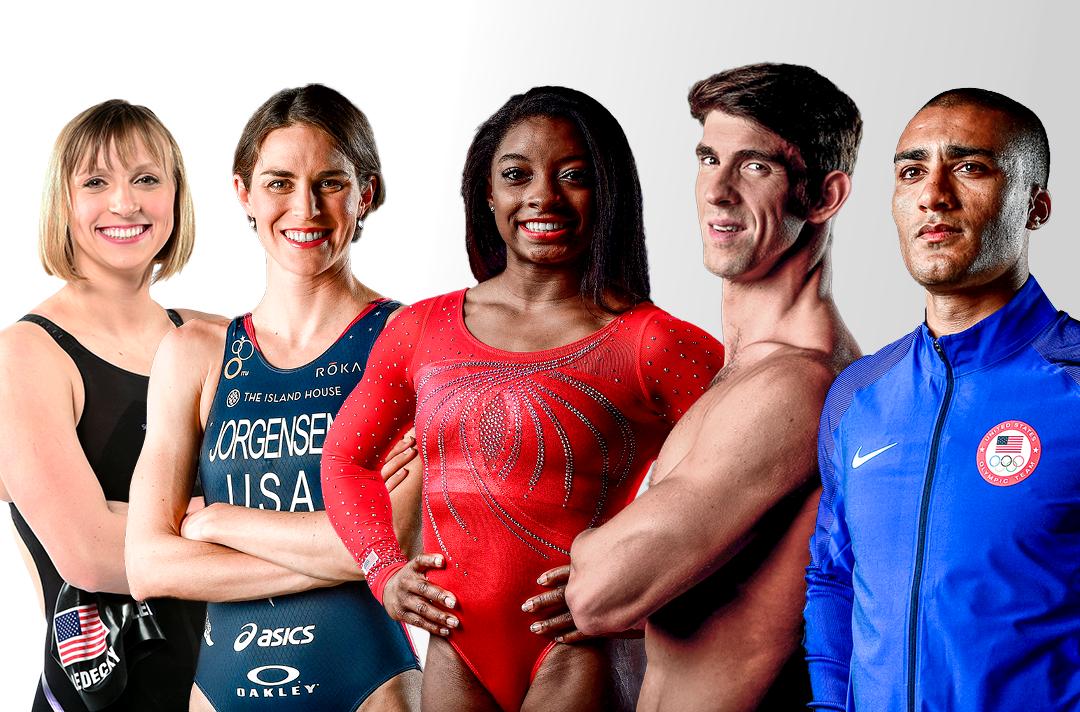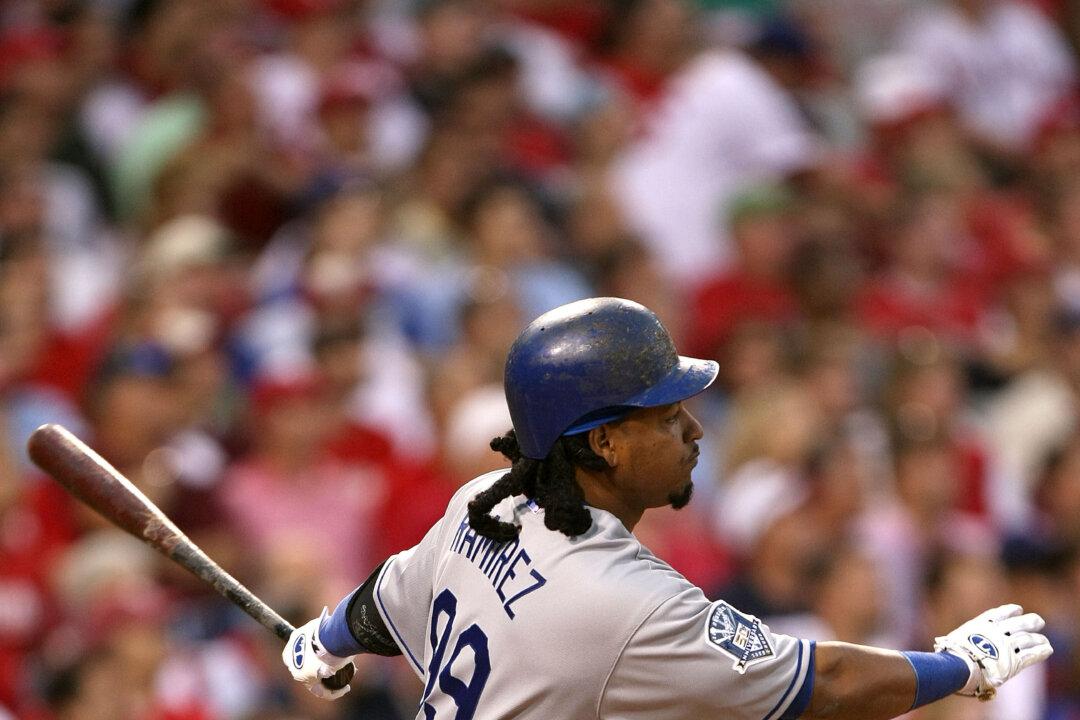The Los Angeles Clippers, with the continued help of a strong bench, routed the Houston Rockets for a second straight game Sunday night, this time by a score of 128–95, to take a commanding 3–1 series lead in the best-of-seven set.
Houston center Dwight Howard was held to just 7 points and 6 rebounds in 18 minutes, while DeAndre Jordan scored 26 points, including shooting 14–34 from the free throw line, and grabbed 17 rebounds in the win.
Meanwhile the Clippers bench, once an Achilles heel of Doc Rivers’s squad, came up big again with Rivers’s son, Austin, scoring in double-figures (12 points) for the fourth straight game.
The younger Rivers, just 22 years old but in his third season out of Duke, is averaging 16 points per game in this series, after starting for the injured Chris Paul in games 1 and 2. The increased playing time has done wonders for Rivers—who was considered a talented “tweener” who had yet to excel at either guard position.




